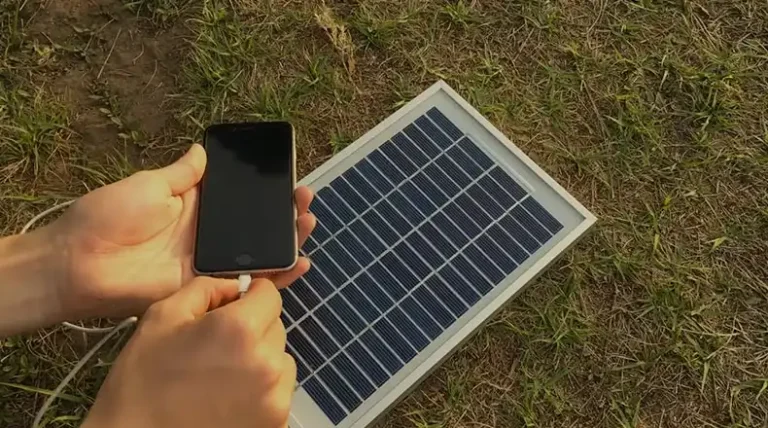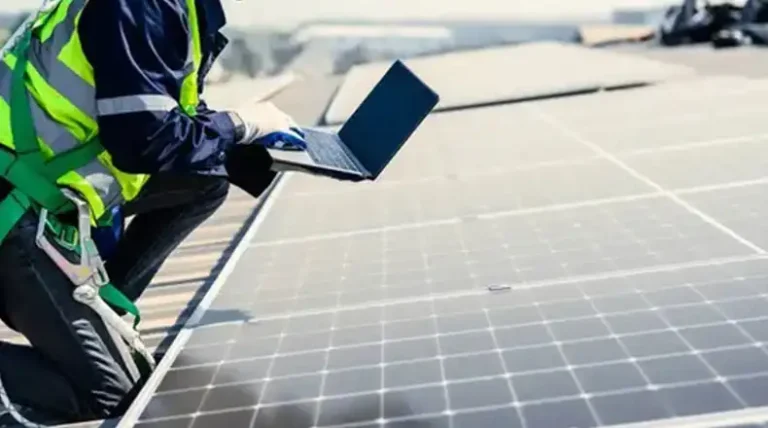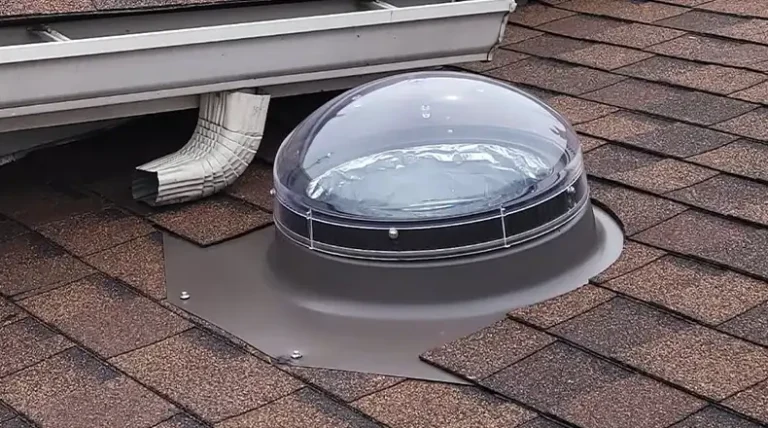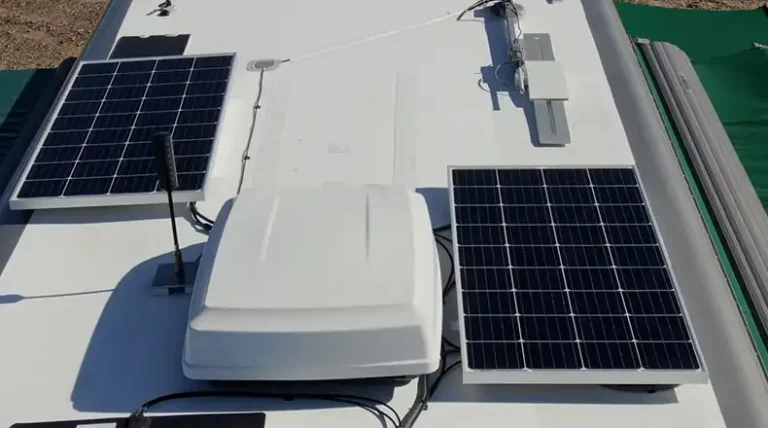Can You Charge and Use a Solar Battery at the Same Time?
Solar batteries, also termed solar battery banks, are rechargeable battery systems that store energy from solar panels. They allow solar energy to be utilized day and night in off-grid settings. With solar power adoption rising, many wonder if these batteries can charge and supply electricity simultaneously.
It is vital to know whether simultaneous solar battery charging and discharging is possible is important for optimizing home solar usage. If managed improperly, attempting concurrent charging and loads can risk reduced battery lifespans. When configured correctly however, the ability to solar power devices directly while charging batteries can maximize reliable utilization of your solar investment.
Striking the optimal balance of charging solar batteries directly from solar panels while simultaneously powering appliances from stored reserves has relevance for transitioning towards solar in sustainable ways. The insights within this piece highlight key factors on both sides of this nuanced equation when it comes to synchronized charging and usage of the humble solar battery bank.
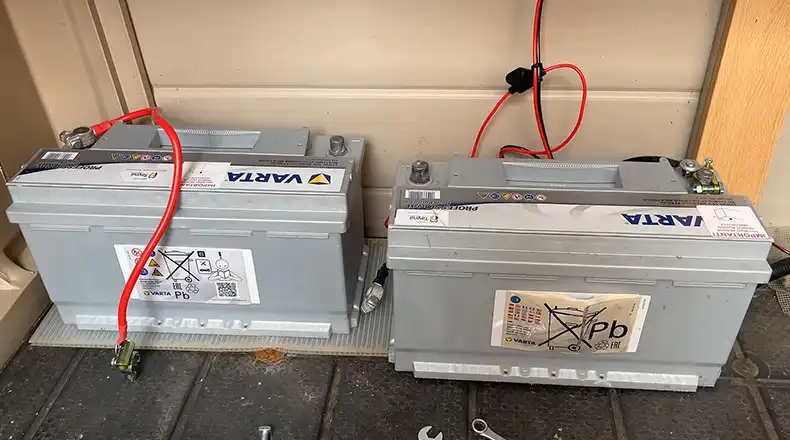
Is It Possible to Charge and Use a Solar Battery at the Same Time?
Yes, Simultaneous Charging and Discharging is Possible. It is possible to charge and use a solar battery simultaneously if the system is properly configured. However, some important considerations such as using a charge controller or specialized inverter enables charging and discharging circuits to operate independently, having an oversized solar array that exceeds typical load demands in order to charge batteries while powering devices directly, and preventing battery over-discharge by closely monitoring usage and system performance.
There are also impacts on solar battery lifespan to consider, like depleting batteries beyond 50% capacity routinely which will shorten their lifespan along with the heat generated from simultaneous usage that can accelerate battery degradation if not properly cooled. Some recommended equipment includes deep cycle lithium-ion batteries designed for solar storage systems, Maximum Power Point Tracking (MPPT) charge controllers to optimize solar array output and performance monitoring software to track battery usage and temperatures.
While simultaneous charging and discharging is possible, it requires extra precautionary steps regarding system sizing, battery care and workload management to ensure stable performance. Strictly regulating depth of discharge and operating temperatures is key to protecting battery life. With the right equipment and monitoring, solar batteries can handle concurrent charging and loads.
Charging a Battery Using Solar Power While in Use
Harnessing solar energy to charge batteries while simultaneously powering devices is readily achievable. This requires properly connecting the solar panels to the battery bank in a manner that aligns with technical charge specifications. Solar arrays will produce an open circuit voltage around 17-18V for typical 12V battery systems, whereas the maximum battery voltage should not exceed 14V. Consulting solar wiring best practices helps enable safe connections.
A sufficiently sized inverter must convert the solar panels’ direct current output into usable alternating current for either powering appliances directly or charging the batteries. Simultaneous usage and charging require solar capacity that well exceeds the loads being powered.
Hobbyists have multiple options to leverage solar’s renewable potential for on-the-go charging. Portable briefcase panels can directly charge gadgets outdoors. Larger fixed installations also allow households to solar charge battery banks while seamlessly running electronics using the stored energy.
When factoring in the right solar panel VOC levels, battery voltage limits, charging equipment, and ample capacity, solar systems can definitely charge batteries while reliably powering devices at the same time in an eco-friendly manner. The prerequisites are fully feasible for those pursuing sustainable off-grid power solutions.
Types of Batteries and the Important Role of Solar Charge Controllers in Solar Charging
When constructing solar energy storage systems, deep-cycle lead-acid batteries tend to be the go-to foundation. Their ability to repeatedly charge and discharge makes them well-suited for effectively capturing the sun’s intermittent output. These solar batteries are rated based on amp-hour capacity, with sizing depending on desired energy reserves – small 20 amp-hour units can suffice for basic needs while 100+ amp-hour batteries store more substantial solar reserves.
Installing an appropriately sized solar charge controller is imperative as well. These regulators prevent overcharging and damage by modulating the current and voltage from the solar panels as the batteries charge. Simultaneously, they optimize efficiency – making sure the solar array output is fully captured. The controller scales to the panels and battery bank, ensuring stable voltage tolerance across the system.
By combining capable deep-cycle, lead-acid solar batteries with an attached solar charge controller to protect performance and longevity, homeowners can assemble the core building blocks for harnessing the sun’s renewable energy. Day or night, these thoughtfully constructed systems can reliably deliver stored sunlight on demand when needed. Those new to solar energy storage should note both pieces play an integral role.
Is It Possible Charging a Battery While Connected to an Inverter?
Yes, charging batteries via an inverter is certainly achievable, provided the proper inverter sizing and solar panel pairing. The key specification is ensuring the inverter amperage rating exceeds the intended charging current. For a 100W solar panel charging a 12V battery bank, the load would equal nearly 12 amps (100W / 120V = 0.8A; 0.8A*12V = 9.6A). Thus a 12A+ rated inverter could support the simultaneous usage safely.
Undersizing the inverter risks overheating damage from excess current flow above specifications. When mismatched with oversized solar panels, the sustained charging loads can overwhelm the inverter over time. Expert guidance is advisable for appropriating ratings to your system’s true battery voltage and solar wattage. However, following the basic calculations and building in 20%+ overhead allows DIYers to appropriately match equipment for simultaneous solar charging through attached inverters.
While the electronics must align, there are fortunately adjustable options that make concurrent solar charging and inversion possible. Carefully pairing the supporting hardware enables harnessing sunlight for direct battery usage while safely tied into the grid or separate AC loads. With intentional solar panel and inverter specifications, reliable off-grid capacity gets easier.
Pros and Cons of Charging and Using Solar Battery Simultaneously
Here are some of the key advantages and disadvantages of charging and using a solar battery at the same time:
Pros
Improved energy efficiency- Solar energy is used directly instead of stored first, reducing losses
Avoid over-charging- Charging is automatically reduced if batteries become full as energy is used
Lower capacity batteries can work- With simultaneous in/out flow, less storage capacity is needed
Continuity of power- Solar supports usage, batteries fillgaps, uninterrupted operation
Cons
Complex configuration- Specific charge controllers & wiring needed for simultaneous usage
Increased maintenance- Continual cycling requires more monitoring/replacements
Can accelerate battery degradation- Heat from simultaneous dis/charging wears certain batteries
Risk over-discharging- Excess loads paired with clouds can drain batteries fast
Loose grid coupling- Fluctuations from solar complicate tying system to wider grid
The ability to charge and use solar batteries concurrently is certainly advantageous in the right situation. It improves the gathering and usage of sunlight. But disadvantages like quicker battery wear make it imperative to carefully size components and monitor the system. The pros and cons must be appropriately balanced.
Key Questions
- What’s the best charge controller for concurrent solar battery charging & usage?
MPPT controllers like the Victron SmartSolar provide the best performance for simultaneous operation.
- How can I prevent battery wear when charging/using solar storage together?
Careful monitoring and limiting depth of discharge to 30-50% helps protect battery health.
- What’s the ideal battery type for solar systems with combined charging/loads?
Lithium iron phosphate (LiFePO4) strikes the best balance of performance, lifespan and safety.
- How large should my solar array be relative to capacity for concurrent functionality?
Industry guidance suggests solar array wattage of 1.3 to 1.5 times max simultaneous load.
- Is special wiring required for solar batteries handling charging and loads concurrently?
Yes, dual-operation batteries often utilize separate connections – one circuit for charging, another for loads.
Final Thoughts
With proper system design solar batteries can charge while powering connected devices – advancing tech expands this capability. Still, irresponsible usage risks battery wear and safety hazards. While simultaneous charging and loads unlock solar efficiency, informed sizing of components and responsible monitoring helps strike the optimal balance between utilization and longevity. Ongoing innovations promise even smarter solar storage solutions.


